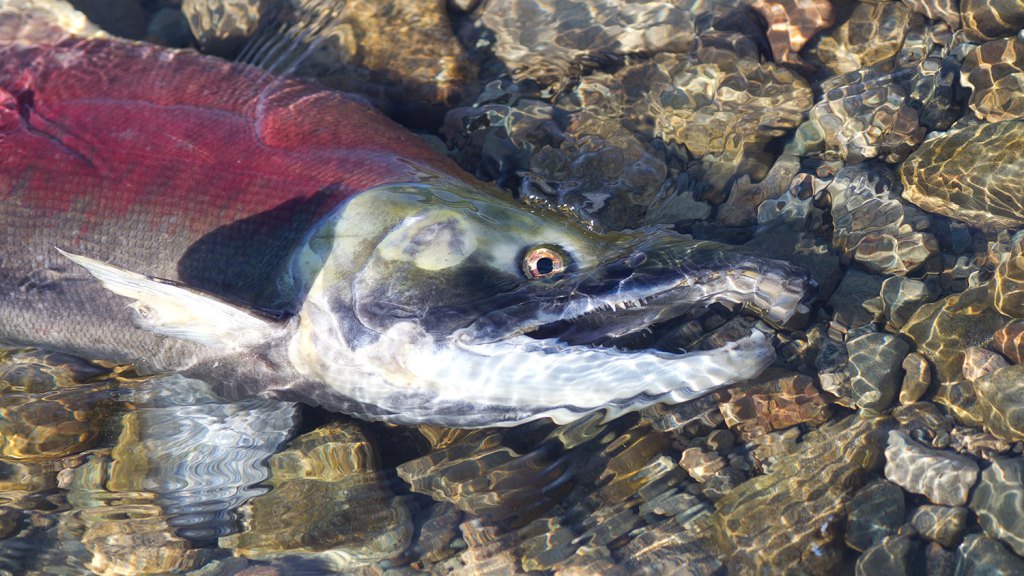Scorching, blazing, sizzling, blistering, oven like; take your pick to describe summer in B.C. Maybe you beat the heat by seeking out A/C, swimming holes and chilly beverages, but our cold – blooded fishy friends are not so lucky.
The low snow year combined with prolonged high temperatures has resulted in drought like conditions. The Columbia River is at it’s lowest flow in the past 60 years. This years Sockeye counts were expected to be the third highest in history but this heat wave has resulted in a new prediction: record breaking mortalities of native fish.
Wildlife experts have estimated 80% of the spawning salmon could die because of warmer water temperatures in the Columbia River.
Prior to the heat wave the greatest threat to Salmon was invasive species like Northern Pike. Pike are non-native opportunistic predators who are are taking over native fish habitat, and fast. Northern Pike have been directly linked to the decline of multiple fish species, including Salmon across the globe. To learn more about the Northern Pike click here.
Salmon deaths cause negative environmental, economic and social impacts:
Affect food supply: American’s consume 80 metric tons of Pacific Salmon a year.
Economic impact: for example in the Okanagan Sockeye Salmon fisheries contribute $400,000 to local economy.
Decrease biodiversity: Salmon are an important link in food chains and if this link is broken then it can create negative environmental impacts.
Human behaviour contributes to both climate change and spread of invasive species. It is not too late to make a positive difference to our iconic Pacific Salmon, the official fish of B.C.
7 simple ways YOU can help B.C’s Salmon
Use water wisely
Obey fishing restrictions
Decrease your carbon footprint: ride your bike, buy local, car pool!
Clean, Drain Dry your Boat & Equipment to stop aquatic hitchhikers, for more info on how boat owners can take action click here.
Don’t Let it Loose: dumping exotic aquarium plants and animals can drastically change the natural food web. For more information click here.
Report an Invasive Species, click here to learn to see the various methods you can use to make a report.
To learn more about Aquatic Invasive Species click here.
Resources:

